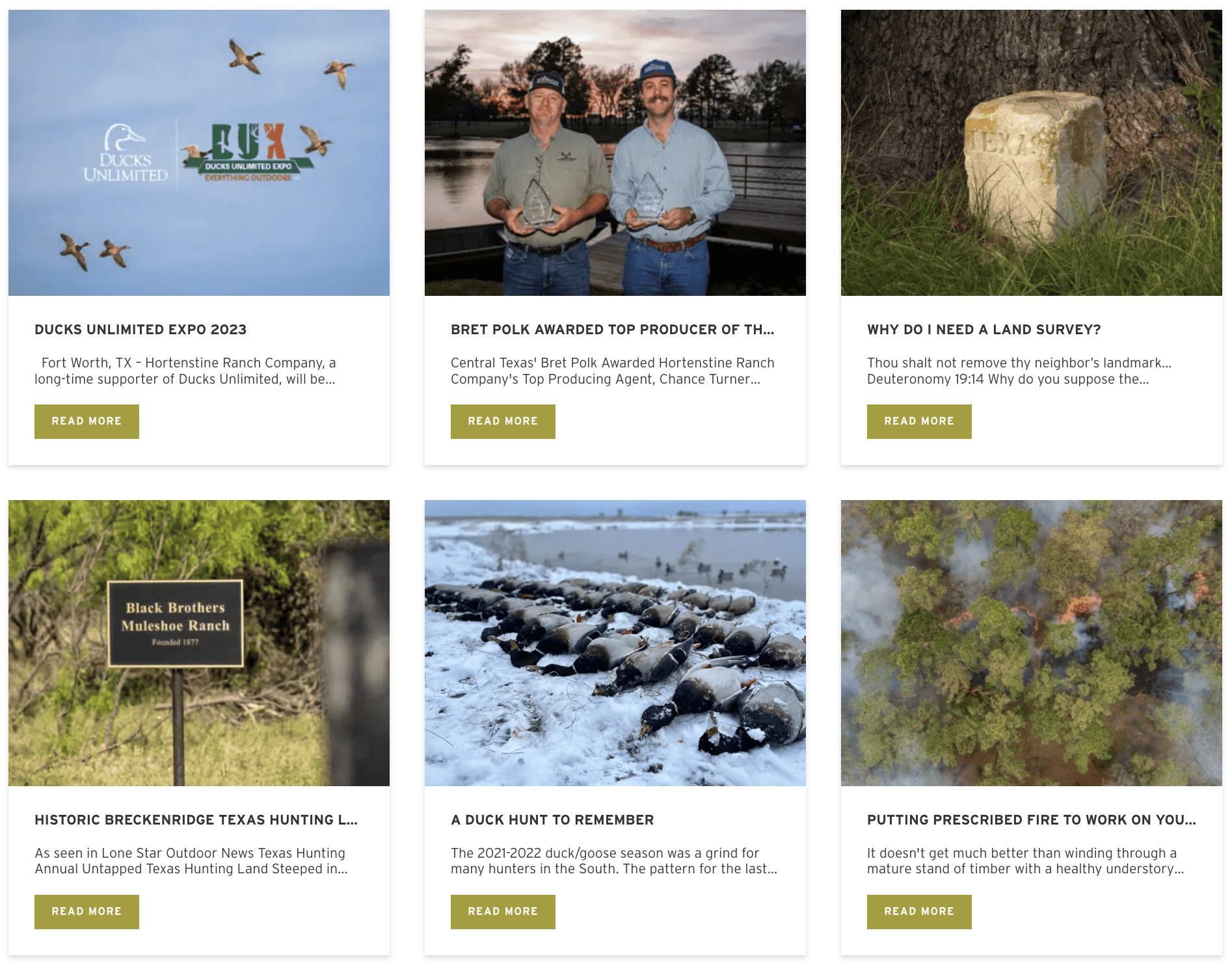Start Blog Article Optimization for your Brokerage
Many brokers and brokerages want to create content for their website blogs and often produce great content. Although it is valuable content for their direct clients and prospects, it often doesn’t meet the broker’s expectations of search ranking (Google) or driving traffic to the brokerage website.
For this reason, we created an essential blog article optimization checklist to get you started.

Blog Article Optimization Checklist & Guidance
Article Length – article lengths can vary, but generally, you do not want to post articles low in word count, such as 100 words. Google will deem this “thin content” and deprioritize it for potential rankings. The average length is 350-500, extended articles are 500-800, and long-form content is 1000+ words. We recommend a 350-word minimum article.
Target Keyword Phrase – Each article should have a keyword phrase to target. Use free keyword research tools to find the right target. If done correctly, a few minutes of keyword research will pay dividends after publishing a month’s worth of content on your blog.
Targeting the highest volume phrase is only sometimes the answer, though. Focus on phrases that match exactly what your article is about, even if it has a bit lower search volume. Sometimes the highest volume search phrase can be very competitive, and you may never rank for those phrases.
Finally, avoid target phrases already targeted on other pages within your website.
Free Keyword Research Tools:
- Ahrefs Keyword Generator – https://ahrefs.com/keyword-generator
- Ubersuggest – https://neilpatel.com/ubersuggest/
- Google Keyword Planner – https://ads.google.com/home/tools/keyword-planner/
- Google Trends – https://trends.google.com/trends/
Target Phrase in the Article Title – Once you have your target keyword phrase, use it in the title of the article.
Target Phrase in the Article URL – WordPress automatically uses the article title as the URL, but is it good to confirm the target phrase is as you want it within the URL. Also important, remove stop words in the URL such as the, and, or, a, of, etc. Shorter URLs are preferred but not absolute.

Target Phrase in the First Paragraph – Use your target phrase in the first paragraph. It is even better to use it within the first 25 words of the article.
Target Phrase Density – We recommend using your target phrase 2-4 times within an average-length article (300-500 words). Mixing the keyword phrase into your subheadings, such as H2s and H3s, is also good.
Images – Name at least one photo in the article as the target keyword phrase. Example: selling-land-texas.jpg. Also, in the html code of the article, set the image alt text to the target keyword phrase. Example: <image src=”/my-images/selling-land-texas.jpg” alt=”Selling Land in Texas”>.
Internal Links – internal links are links within a webpage that link to other webpages within your website. It is recommended to have 1-3 internal links within an article. For example, if you use a phrase within your new article that is the target phrase of another article or webpage within your website, add a link on the words to the internal webpage.
External Links – Links within an article or webpage that link to websites outside your website. IMPORTANT: do not link to an external website that ranks for your target phrase of the new article. If you do, it tells Google that the external website is better than yours for this target keyword phrase.
Syndicate on Social – after your article is fit and published, it is an excellent next step to post it on your social profiles, where applicable, using the article’s URL. Example social sites: Google Business Profile, Facebook, LinkedIn, etc
Backlinks – This is a big topic, but getting a link from another quality website to your new article can significantly impact your recent article ranking.
Conclusion
Creating high-quality content is what sets an article up for success. Set a good foundation for each article to succeed by putting in the research front to write about topics that matter to your audience, craft a well-written article with information website visitors can put to use, and spend the time to follow our optimization checklist. Keep it simple. You will be happy with the results of blog article optimization.
